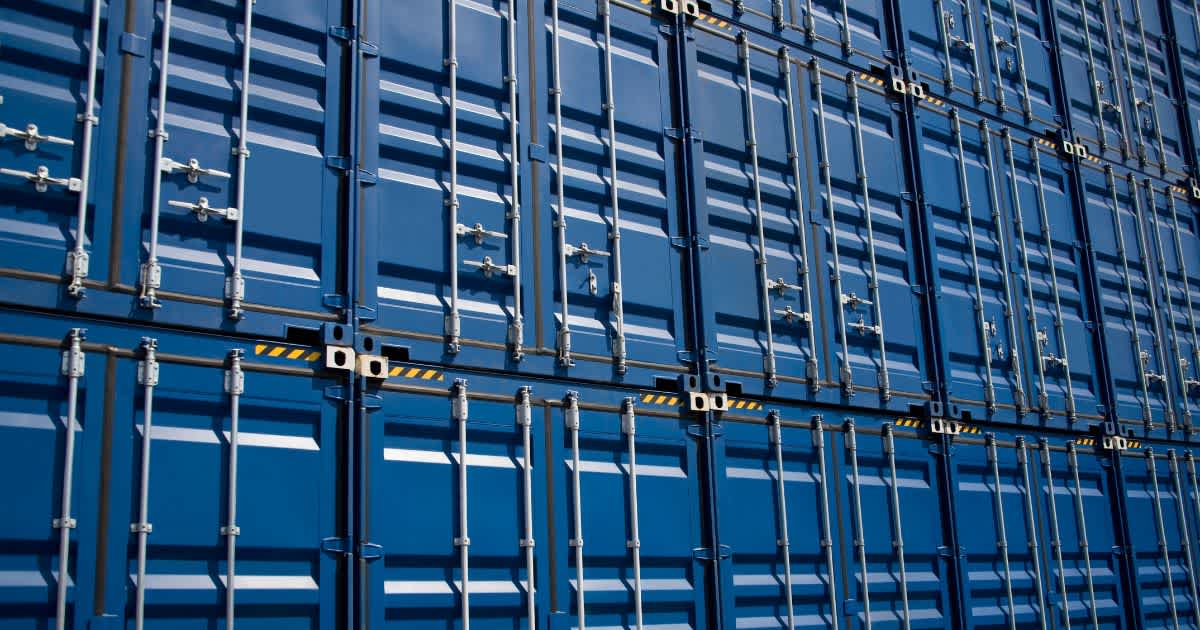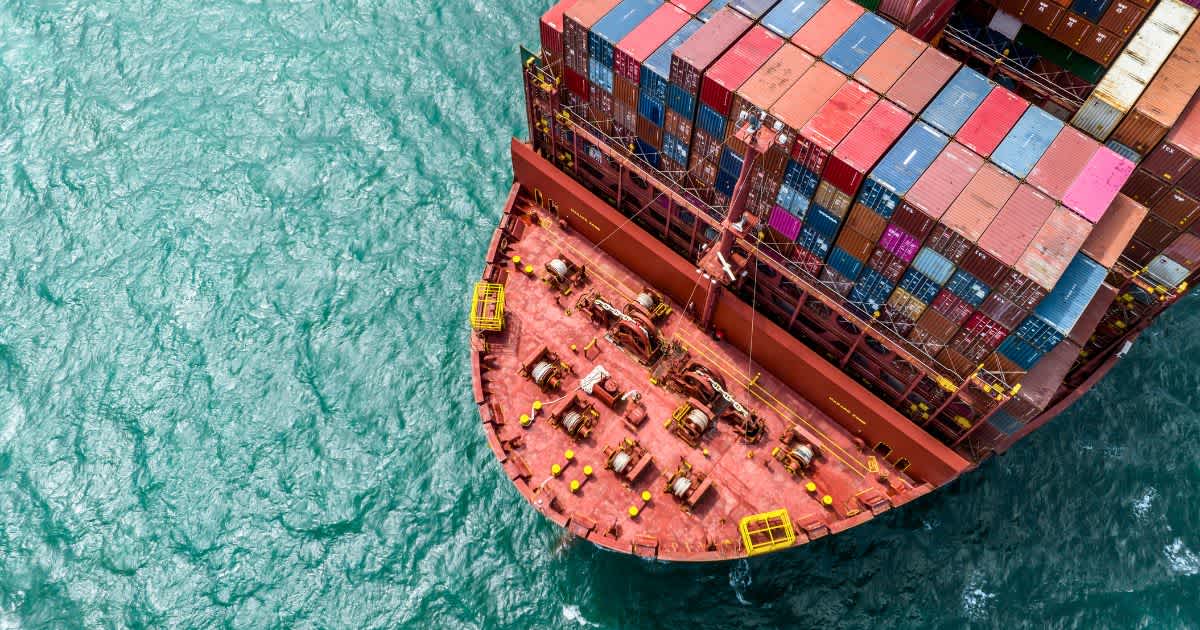Table of Contents
- Which freight route is the fastest?
- Which type of freight is the cheapest?
- Why freight costs do not play the biggest role
- Advantages of air freight at a glance
- Advantages of sea freight at a glance
- Advantages of rail freight at a glance
- How to choose the right type of freight
- Optimise supply chain management with Line Up now
Freight types: air freight, sea freight, rail
Reading Time: 4 min.
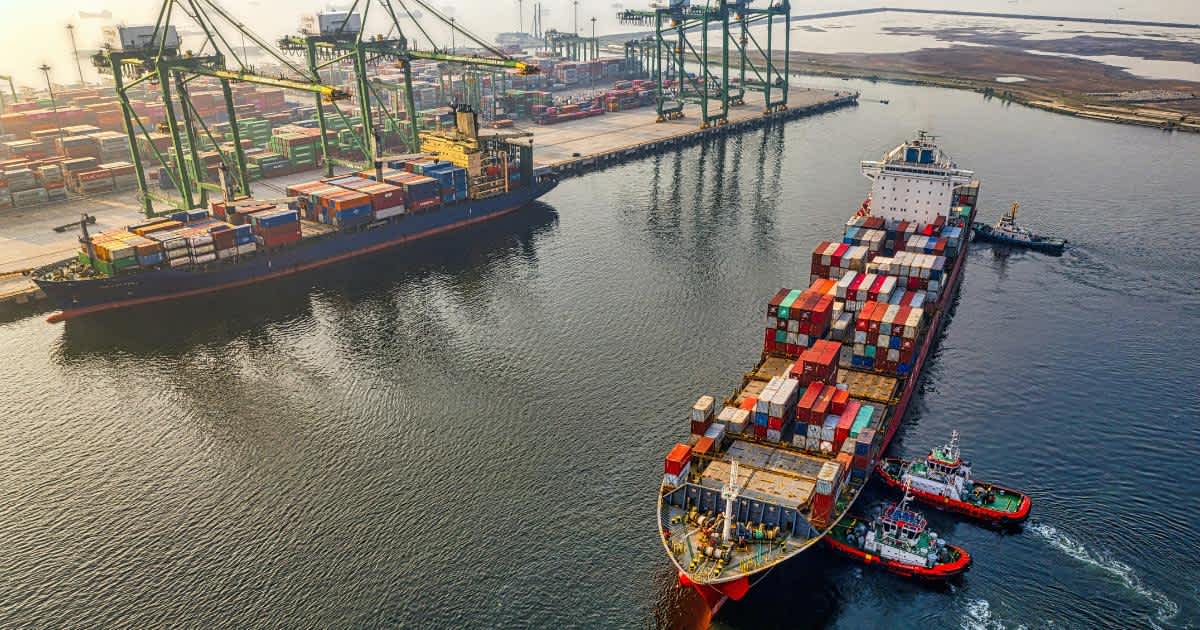
Air freight, sea freight or rail freight: choosing the right type of freight is crucial for the safe and efficient shipping of your products. We reveal which freight route is best suited for which products.
The global economy is increasingly interconnected and the efficient transport of goods plays a central role in the supply chain. Whether it's consumer goods, components, textiles or other products, choosing the right type of freight can make or break a supply chain.
Which freight route is the fastest?
For those in a particular hurry, air freight is the fastest option. After all, aircraft offer the highest travelling speed and enable direct routes between international airports, which significantly shortens transit times. This makes air freight particularly attractive for time-critical deliveries such as just-in-time deliveries in production.
One major disadvantage: the high costs make air freight less suitable for transporting large quantities or heavy goods. In addition, the ecological footprint is considerable due to the high CO2 emissions, which makes air freight less environmentally friendly than other transport solutions.
Which type of freight is the cheapest?
As freight costs depend heavily on various individual factors, it is not possible to say that one type of freight is cheaper across the board. In general, however, sea freight is the most cost-effective, especially for transporting large quantities or heavy goods over long distances. Due to the high capacity of container ships and the lower operating costs, considerable savings can be made here. In comparison, air freight is the most expensive method of transport, especially for large or heavy shipments. The high costs are due to the limited cargo space and the operating costs of aeroplanes. Rail freight, on the other hand, which lies in the middle in terms of costs, offers a good balance for continental transport. However, depending on the infrastructure, distance and quantity of goods to be transported, the costs can also vary greatly.
Why freight costs do not play the biggest role
Although freight costs are very important, they are often not the decisive factor when choosing the type of freight. This is because possible alternatives are often eliminated for other reasons before financial aspects are taken into account. For example, if you want to transport goods from South America to Europe, overland transport is not an option. If the destination is to be reached at short notice, sea freight is out of the question. If the weight is too high, air freight is out of the question. And for transport within the EU over relatively short distances, land freight is often the only available option.
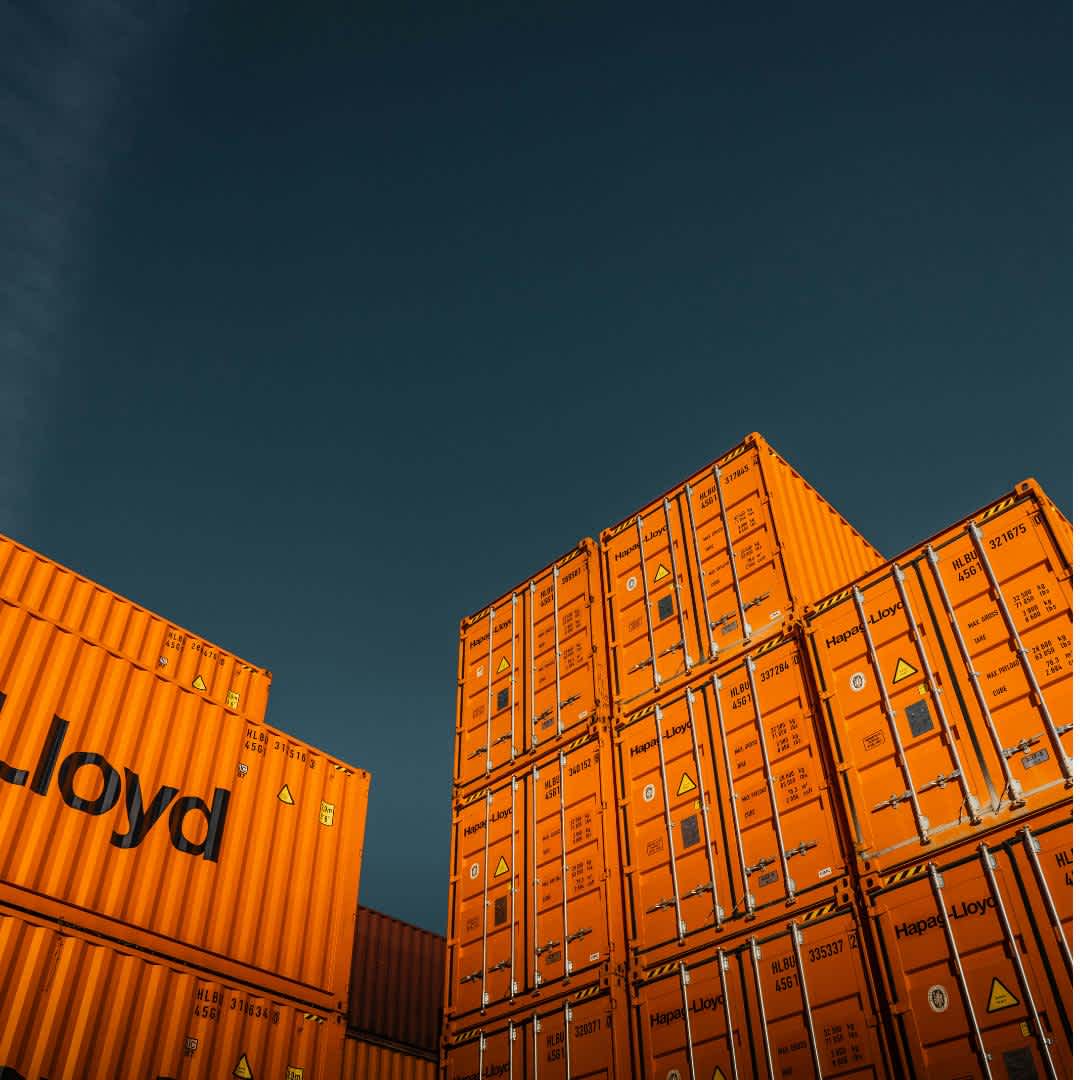
Advantages of air freight at a glance
Air freight is the fastest and most reliable mode of transport for shipping goods worldwide. Thanks to its high speed and punctuality, the transport method enables rapid delivery, which makes it particularly valuable for companies with time-dependent production strategies.
Advantages
Highest speed for urgent or time-critical deliveries
High reliability due to precise flight schedules
Strict security measures ensure the protection of valuable and sensitive goods
Disadvantages
Highest transport costs, unsuitable for heavy or bulky goods
High CO2 emissions and environmental impact
Advantages of sea freight at a glance
Despite its slower speed and the increased risk of delays due to weather conditions or port congestion, sea freight remains the preferred choice for companies that prioritise cost efficiency and need to transport large production batches over long distances.
Advantages
Most cost-effective method for transporting large quantities or heavy goods
High capacity of container ships enables bulk shipping
Lower CO2 emissions per tonne transported compared to air freight
Disadvantages
Slowest transport method, unsuitable for time-critical deliveries
Delays due to weather conditions and harbour congestion
Higher risk of theft or damage during long transport routes
Advantages of rail freight at a glance
Rail freight offers an ideal balance between cost and speed for transporting large volumes of goods. It is faster than sea freight and cheaper than air freight, making it an efficient choice for companies that regularly need to move heavy or bulky shipments.
Advantages
Good balance between speed and cost
More environmentally friendly than road haulage and air freight
Particularly suitable for long-distance continental transport
Disadvantages
Less flexible than lorry transport due to fixed rail routes
Limited availability of well-developed rail networks in some regions
Time-consuming transhipment of goods between rail and other means of transport
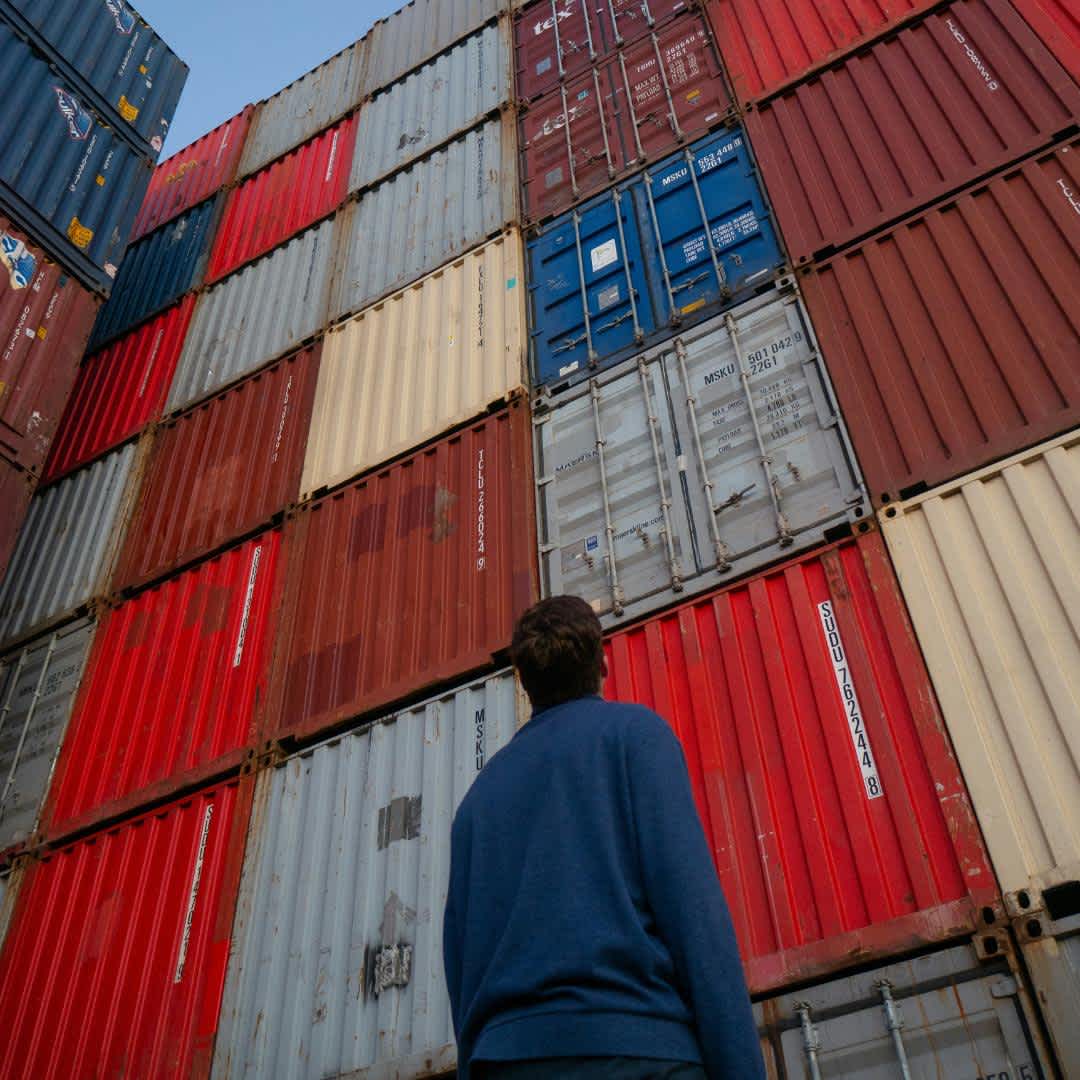
How to choose the right type of freight
Which freight type is most suitable for you depends largely on your individual needs and priorities. Each freight item also has its own specific requirements, which are decisive when choosing the transport solution. Consider the following points to choose the right freight type for your products.
Delivery time
If the products need to get to market quickly, air freight may be the best choice. For less urgent shipments, sea freight or rail freight may be more cost-effective.
Transport costs
If budget is a key consideration, ocean freight offers the greatest cost savings for large volumes, while rail freight offers a good balance between cost and speed.
Product nature
Fragile or high-value products may require a safer and faster method such as air freight, while robust and bulky goods can also be transported via ocean freight or rail freight.
Environmental aspects
If you want to improve your environmental footprint, you should favour sea freight or rail freight, as both options are more environmentally friendly than air freight.
Access to infrastructure
Companies in regions with well-developed rail connections can benefit from rail freight, while others are dependent on sea or air freight.
Optimise supply chain management with Line Up now
No matter what type of freight you ultimately choose for your products: To get the most out of it, it's important to have the right supply chain management and optimised logistics processing.
Contact us: With reliable supplier relationships and close cooperation with logistics companies, Line Up ensures that materials are always delivered on time and in the desired quality.
Newsletter Registration
Sign up now for our free Line Up newsletter and stay up to date.



